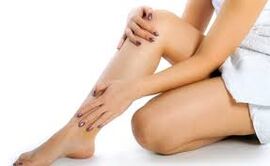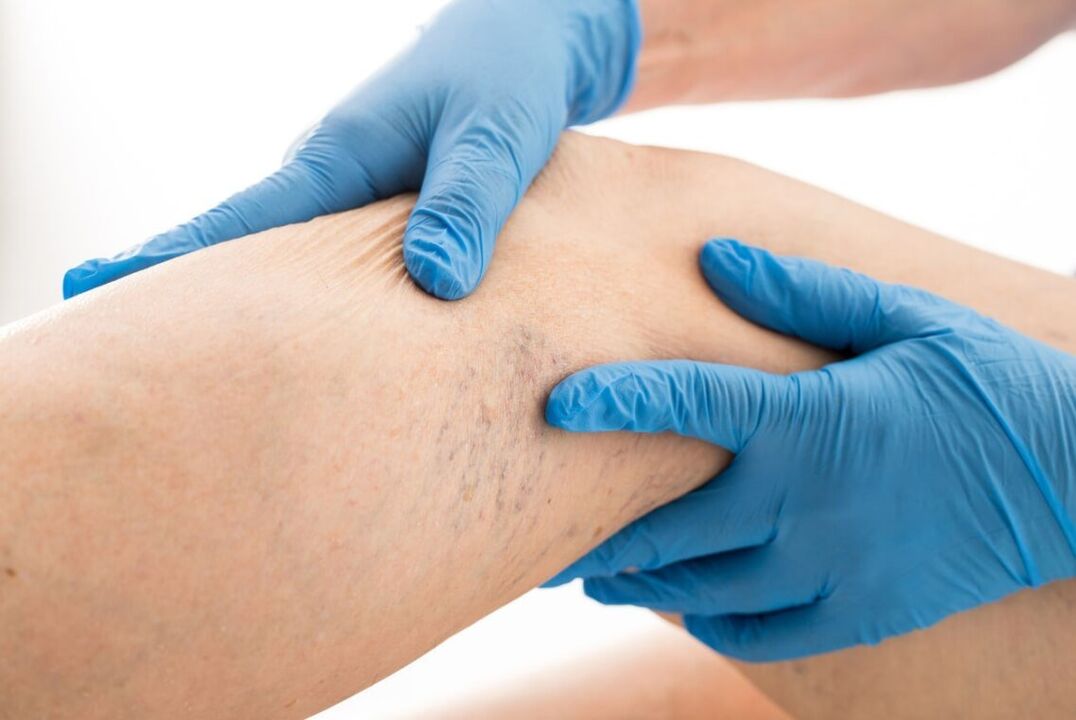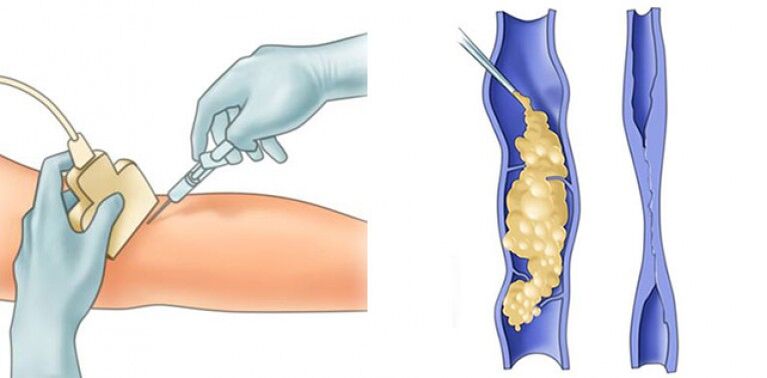Risk factors for the development of varicose veins
- Descent.
- Pregnancy is traditionally considered one of the major risk factors for the development of varicose veins, more often (3-4 times) damage to women.
- Obesity is a proven risk factor for varicose veins.At the same time, an increase in weight index to 27 kg/m2 and above leads to an increase in the frequency of 33%.
- Lifestyle has a significant effect on the development and course of varicose veins.In particular, the adverse effects of prolonged static loads by lifting weights or accommodation without moving in a standing and sitting position have been proven
- In varicose veins, underwear, a variety of corsets that increase intra -Bomen pressure has a bad effect.
- The high frequency of varicose veins in the country -industrial countries are slightly due to nutritional features.High levels of food processing and reduction of vegetable diets -raw and fruit -fruity leads to the deficiency of plant fibers needed for the recurrence of vein walls and chronic constipation, resulting in a permanent increase in intra -bdominal pressure.
- Dishormonal conditions are involved in varicose vein pathogenesis.Their role in recent years has increased, due to the use of extensive hormone contraception, the population of hormone replacement therapy during menopause and in the treatment of osteoporosis.It has been proven that estrogen and progesterone, as well as their derivatives, reduce the tone of the vein wall due to the gradual destruction of collagen and elastic fibers.

Clinical picture of varicose veins
Varicose veins-This is an indifference disease with beautiful sex.Varicose veins are average female vein -three times more frequent than men.
A sign of varicose veins- Subcutaneous vein connection, pain, weight in the legs, swelling of the feet and lower legs, fatigue in the legs at the end of the day.Varicose nodes are often exposed to the formation of blood clots and infections.Phlebitis can develop - inflammation of the blood vessels orThrombophlebitis- Inflammation of the vessels complicated by blood clots.In the course of the veins there is a hard and very painful rope.Skin changes, loss of elasticity and color-it is dense, dark brown.With simple injuries, ulcers occur.A young woman can be a disabled at the age of 40.
One of the serious complications of varicose veins is thrombophlebitis - a process in which thrombus with the subsequent form of inflammation on the inner wall of the veins.This pathology is dangerous because blood clots can come out with blood flow to enter the pulmonary artery (tel - pulmonary artery thromboembolism) and cause one's death.That is why varicose veins are a dangerous disease that must be treated.
Symptoms of varicose veins (these are symptoms that should be careful):
1. Pain.
The cause of pain in varicose veins is very, very much.Various pain in varicose veins is also very rich:
- The pain of the pulses is hot,
- Night cramps and itching -gatal in the muscles,
- Ill while walking
- Pain along the vein stem,
- General pain and lymar in the feet
2. Swelling in the feet.
3. Feeling broken and severity in the leg.
4. Changes in the skin.Initially, the skin became dry, pigmentation appeared - dark skin, covered with "spots" brown.Then, various dermatitis, eczema and trophic disorders are arranged in the form of bad healing wounds so that the formation of ulcers can accompany these symptoms.
5. A complex and long varicose vein that stands over the surface of the skin and feet, with a cylinder or mixed connection.
6. Vascular star (telangioectasia).Yes, people with varicose veins are also included in patients with small veins, as the cause of their appearance is the same.
The earliest stages of varicose veins are very difficult to detect and diagnosis, as in the early stages of the disease there are no major features - varicose veins.And the first and foremost symptoms of varicose veins, such as the sensation of the foot, moderate pain in the legs, increased fatigue, are also found with the early stages of arterial disease, flat feet, lumbar osteochondrosis.In difficult cases, it is impossible to make the right diagnosis - you need a doctor's consultation or even some experts - phlebologists, neurologists, surgeons and manual therapists.High instrumental diagnostic methods, such as ultrasound, are also required.
In phlebology, the symptoms are associated with the onset of pathological blood flow through the inner veins.
Often, women see the first signs of varicose veins in the spring, when you can change the wardrobe, but it is not known where the "vein" pattern comes from the feet, feet and hips.Feet deformed, turned blue and ugly.
Symptoms -The first symptom of the foot vein, where you can suspect the onset of varicose veins, is an increase in the pattern of the veins on the skin.These defects, as mentioned, are most often recorded by young women: on the feet or hips they observe the flower essay, which is not before.
And often, the symptoms of early varicose disease precede the appearance of pain and other unpleasant sensations.Often the first "discovery" of the veins is not accompanied by no unpleasant sensation.
Women are worried about this vascular net as a cosmetic defect.Such patients are often if they turn to a specialist, so only to eliminate cosmetic discomfort.
If you have thin and pale skin, then the first symptom of the early varicose veins are clear.This is a thin vein that does not stand out on the surface of the skin.The first symptoms of varicose veins can also look like a series of thin vessels under the skin.
There may be no other complaints at the beginning of varicose veins.
The onset of the development and development of varicose veins has been indicated by a prominent varicose node on the surface of the skin - one or more.These are the main symptoms of early varicose disease.
Varicose nodes can be detected most frequently on the inner surface of the legs or hips.With a prolonged or prolonged walk, symptoms of varicose veins such as fatigue, severity of the foot, rupture (often in calves) are indicated.These symptoms are clearly indicated by prolonged accommodation in a sitting or standing position.There are also pain or acute pain in places of vein (veins), seizures in the calf muscles, especially in the evening, and sometimes at night.The first signs of dysfunction in the veins are also indicated by swelling of the foot until the end of the day.Edema usually occurs in the evening, especially after a prolonged position.After the night's rest, the swelling is completely gone.
Symptoms -Symptoms of varicose development are initially passed quickly, if you rest, especially if you lie down.However, a significant loss or decrease in these symptoms when walking and after night's rest is a characteristic of symptoms of varicose disease.
But varicose veins, if they are not involved in, do not retreat, grow.Over time, the symptoms of varicose veins appear as convincing blue intradermal veins, stand out on the surface of the skin and feet and are similar to a very mature red grape group.All of these are accompanied by broken pain in the legs and calves, heat in the legs, night seizures in the calf muscles, swelling.Gradually, skin changes accompany these symptoms.At first the skin becomes dry, it becomes dark, the pigment appears on it - the brown spots.Slightly later, the so -called trophic disorder began to join: poor healing explosion and even ulcers.
Pain begins to interfere with more and more often, especially in the evening or at night.

Varicose vein treatment
There are many approaches to the treatment of varicose veins, but today the most effective method of treatment is surgery -Venectomy.Drug and compression therapy is used as an additional method in surgical treatment, and as an independent method in the early stages of varicose veins and the presence of contraindications for surgical treatment.
Varicose veins should be complex and individual, most often including a combination of conservative and surgical treatments.
Type of Varicose Varicose Surgery Treatment:
- Classic phlebectomy
- Freezing of laser
- Combined methods
For the treatment of varicose veins, modern medicine uses laser surgery (EVLC).This method involves intravascular laser freezing.Evlc- Intravascular laser is a sophisticated method of treating varicose veins.Laser exposure is a procedure that takes the middle position between non -chirurgicam methods and surgery to treat the disease.
DignityEvlc- This is a radical, but low treatment method.After such a procedure, the patient may leave the clinic after a few hours, in good physical condition.Such treatment is carried out in operating conditions and using local anesthesia.
The most modern laser devices are now used.At the same time, the patient's problem area is exposed to lasers with optimal wavelengths (1470 nm).The radial luminary used provides a reliable vein closure.In this case, there are no side effects and the surrounding tissue is not hot.That is why after such operation, the number of bruises is reduced, and the postoperative period passes easily and without pain.
This operation is not accompanied by wounds, leaving no pigmentation and scars.After 3 weeks after surgery, the patient's feet get a normal appearance without varicose nodes.Such varicose veins have been widely used in Western countries.For large varicose veins, EVLC is used in combination with microphlebectomy.This allows you to get good aesthetic results.

Advantages of using EVLC:
- A quick recovery
- Little trauma
- A high cosmetic effect
- Lack of signs on the skin from a distant varicose vein
- Treatment is carried out under local anesthesia (tumecent anesthesia)
- Lack of pain syndrome
- High therapeutic effect
The possibility of complications
Treatment with laser techniques has no complications.Rare complications include burns, probability of thrombophlebitis and paresthesia in the area.However, experienced phlebologists guarantee qualitative results.
Such surgery does not violate the patient's lifestyle.After intervention, it is necessary to wear compression socks to put some pressure on the veins.Special products are used for very large varicose nodes - cotton rollers or latex pads.After the laser procedure, the patient is recommended to walk daily.
The treatment of varicose veins with laser ensures maintaining the ability to work and physical activity.























